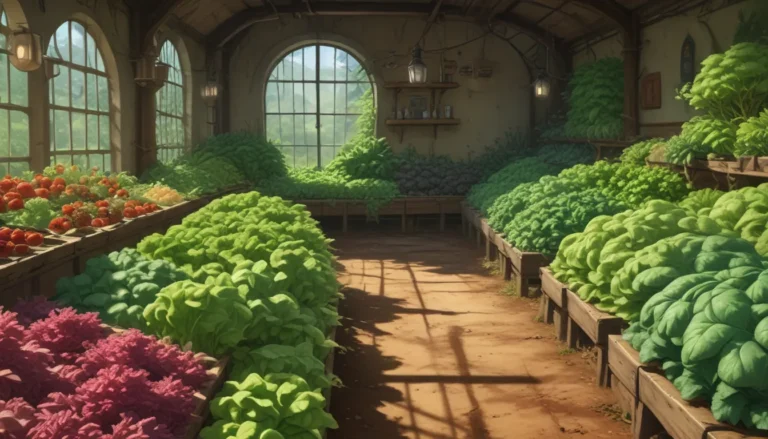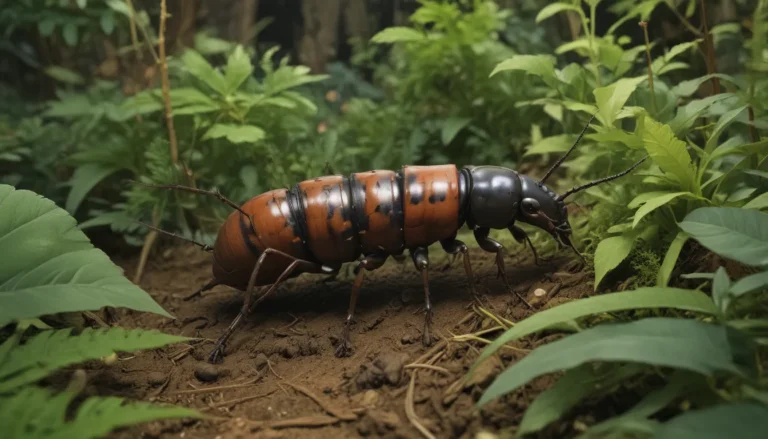Understanding Phony Peach Disease: A Comprehensive Guide

Are you a peach tree enthusiast facing the challenge of diagnosing and preventing phony peach disease (PPD)? Let’s dive deep into the world of Xylella fastidiosa subsp. multiplex and explore how this bacterial infection can wreak havoc on your beloved peach trees.
So, what exactly is phony peach disease? This incurable bacterial infection first surfaced in Georgia back in 1900 and has been spreading ever since. Now, over a century later, PPD continues to plague peach trees across the southern United States, causing them to stop producing fruit over a period of two to four years.
Before we embark on the journey of understanding this disease and how to combat it, let’s take a closer look at the key factors surrounding phony peach disease.
Unraveling the Mystery of Phony Peach Disease
Geographic Area
If you reside in the northern United States, you can breathe a sigh of relief as phony peach disease mainly targets southern states. From Florida to North Carolina and as far west as Missouri and eastern Texas, these regions are hot spots for PPD. Alabama, Florida, Georgia, Louisiana, and South Carolina are particularly affected, with situations in southern Georgia often leading to the decimation of entire peach orchards. While rare cases have been reported in states like Montana and Nebraska, the disease primarily thrives in the southern US.
How PPD Spreads
The bacteria responsible for causing PPD, Xylella fastidiosa subsp. multiplex, can survive in various plant species, making them potential carriers of the disease. Insects like the glassy-winged sharpshooter play a significant role in transmitting PPD from wild hosts to peach trees through their feeding mechanisms. Although the disease is rarely spread between cultivated trees, wild plants and root grafts between adjacent trees can serve as alternate pathways for infection.
Symptoms
Identifying PPD in peach trees can be a challenge, as symptoms may not manifest until well after the initial infection. Bushy and compact tree growth, early blooming, rapid fruit ripening, dark green leaves, and stunted fruit size are common indicators of phony peach disease. Ultimately, infected trees may cease to bear fruit altogether, leading to significant agricultural losses.
Diagnosing and Preventing Phony Peach Disease
Confirm Your Diagnosis
To avoid misdiagnosing PPD, it is crucial to distinguish symptoms of the disease from those caused by other factors like weevils or nematodes. Consulting with a plant pathologist or local extension agent can provide clarity on the presence of phony peach disease in your peach trees.
How to Prevent Phony Peach Disease
Preventing PPD involves proactive measures such as eliminating vegetation that could harbor the disease or its insect vectors. Clearing weeds, removing nearby host trees, avoiding summer pruning, and vigilant monitoring during early summer are essential steps in preventing the spread of phony peach disease. If infection occurs despite preventive efforts, immediate tree removal followed by appropriate disposal is necessary to contain the disease.
A Problem Throughout the South
While phony peach disease continues to pose a threat to peach trees in the southern US, awareness and preventive actions can help mitigate its impact. Home growers are advised to monitor their peach trees for symptoms of PPD and take necessary steps to prevent infection. By eliminating weeds and potential hosts, growers can safeguard their peach trees from falling victim to this insidious disease.
Have you encountered phony peach disease in your peach trees? Share your experiences and insights on diagnosing and managing this disease in the comments below.
For further guidance on growing healthy peach trees and combating fruit tree ailments, explore our comprehensive guides:
- Give the Gift of Fruit: How to Grow Peach Trees
- How to Identify, Prevent, and Treat Gummosis on Fruit Trees
- How to Identify, Prevent, and Treat Scab in Stone Fruits
By staying informed and proactive, you can protect your peach trees from the perils of phony peach disease. Together, let’s cultivate thriving orchards and vibrant gardens free from the clutches of bacterial infections.





